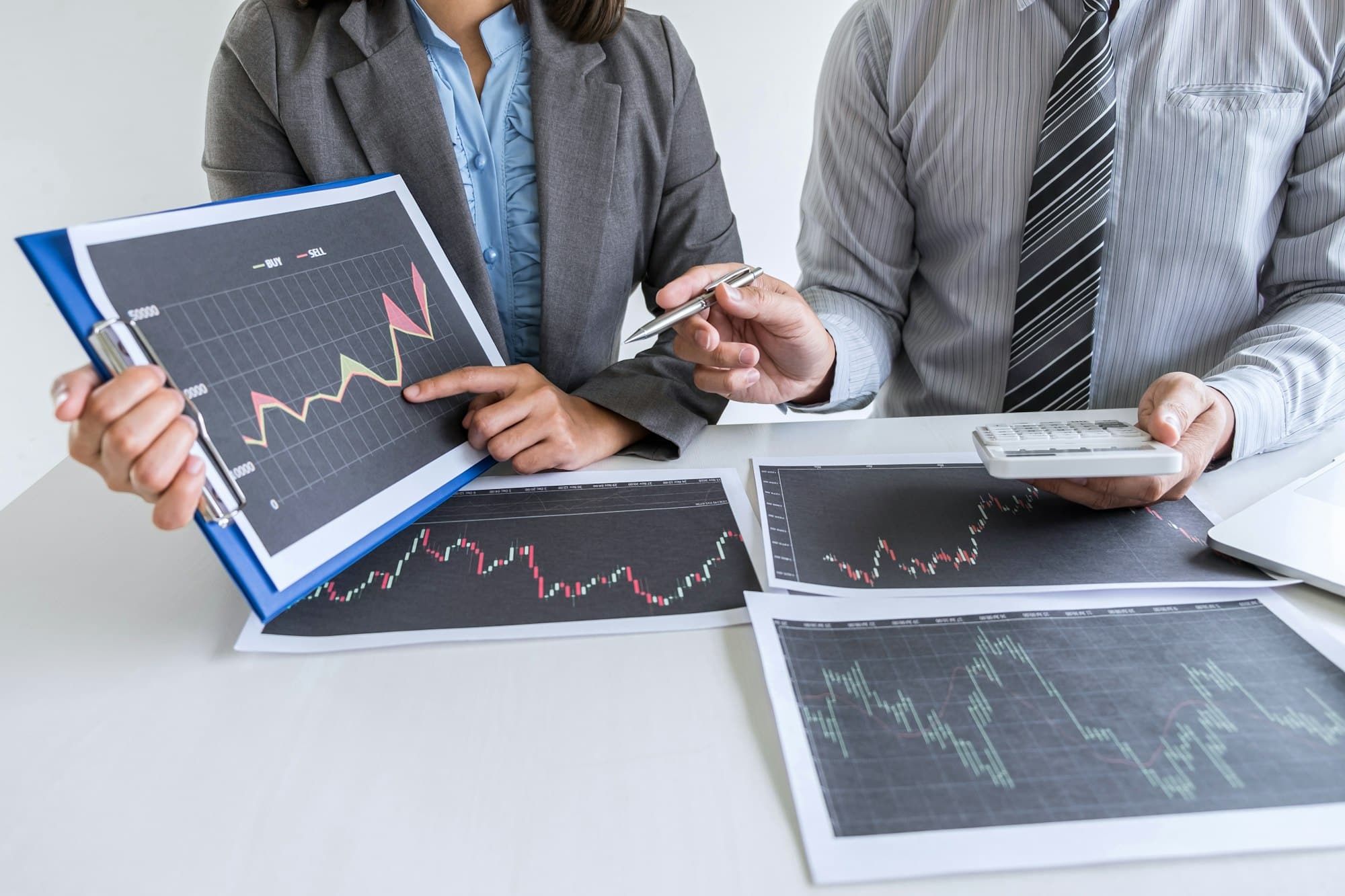In today’s fast-paced financial markets, automated trading systems have become a vital tool for traders who seek to gain a competitive edge. These systems leverage powerful algorithms to execute trades at lightning speed, making decisions based on real-time market data. The automation of trading strategies can mitigate human errors, enhance efficiency, and capitalize on high-frequency trading opportunities. However, developing a secure and efficient automated trading system requires careful planning, robust strategy formulation, and meticulous execution. This article outlines the essential steps to creating an automated trading system that is both secure and effective.
Understanding the Basics of Automated Trading
To develop a secure and efficient automated trading system, one must first grasp the fundamentals of automated trading. Automated trading, also known as algorithmic trading, involves using trading algorithms to execute buy and sell orders in the financial markets. These algorithms are based on predefined trading strategies that can process vast amounts of market data at high speed. The system makes decisions on when to enter or exit trades without human intervention, often capitalizing on high-frequency trading opportunities.
In parallel : Unlock online privacy with duckduckgo proxy solutions
The primary advantage of automated trading is its ability to eliminate the emotional biases that can jeopardize trading decisions. By sticking rigorously to a trading strategy, automated systems can consistently manage risk and optimize trading performance. However, building such a system entails more than just coding. It involves understanding market dynamics, developing robust strategies, and ensuring the system’s security and reliability.
Developing and Testing Trading Strategies
Once the basics are understood, the next step is to develop and test trading strategies. This phase is crucial because the effectiveness of an automated trading system hinges on the strength of its strategies. These strategies can be based on various factors, including technical indicators, statistical models, and even machine learning algorithms.
Have you seen this : What are the effective methods for securing personal data in wearable health devices?
Developing a strategy starts with hypothesis formulation, where you outline the potential market conditions under which your strategy will operate. For instance, you may develop a strategy based on moving averages that trigger buy or sell orders when certain price thresholds are met.
After formulating the hypothesis, the strategy should be tested using historical data. This is known as backtesting, and it involves running the strategy against past market data to evaluate its performance. The goal is to identify whether the strategy would have been profitable if it had been applied in the past. To minimize risk, it is also crucial to implement risk management techniques such as position sizing and stop-loss orders.
Once backtesting is complete, the strategy should undergo paper trading. This involves executing the strategy in a simulated live environment using real-time data. Paper trading allows you to see how the strategy performs without risking real capital. It’s an invaluable step in refining your strategy before deploying it in a live trading environment.
Building the Trading System
With a well-tested strategy in place, the next step is to build the actual trading system. This involves developing the software that will execute your trading strategy. You may choose to build the system from scratch or use an existing trading platform that allows for algorithmic trading.
The key components of a trading system include the order management system, the market data feed, and the execution engine. The order management system handles the creation, modification, and cancellation of trade orders. The market data feed provides real-time and historical market data, which is essential for making informed trading decisions. Finally, the execution engine is responsible for sending orders to the market and managing their execution.
When building your trading system, security is paramount. Ensure that your system is protected against cyber threats by implementing robust security measures. This includes using secure communication channels, encrypting sensitive data, and regularly updating your software to patch vulnerabilities. Additionally, your system should have fail-safes in place to handle unexpected market events or system failures.
Implementing and Monitoring the System
After building the trading system, it’s time to implement it in a live trading environment. This is a critical phase where any flaws in the system or strategy can have real financial consequences. Therefore, it’s essential to start with a small amount of capital and gradually increase your exposure as you gain confidence in the system’s performance.
Monitoring the system is equally important. Automated trading systems should be monitored continuously to ensure they are functioning as expected. This entails keeping an eye on the system’s performance, latency, and market conditions. Any anomalies or unexpected behavior should be investigated promptly to prevent potential losses.
It’s also important to regularly review and update your trading strategies. Market conditions are constantly changing, and a strategy that was once profitable may no longer be effective. By continuously analyzing the performance of your strategies and making necessary adjustments, you can ensure your system remains competitive.
Ensuring Compliance and Risk Management
The final step in developing a secure and efficient automated trading system is ensuring compliance with regulatory standards and implementing comprehensive risk management practices. Financial markets are heavily regulated, and failure to comply with regulations can result in severe penalties. Familiarize yourself with the regulations that govern automated trading and ensure your system adheres to them.
Risk management is another critical aspect. Automated trading systems can execute trades at high speed, which means that losses can accumulate quickly if the system is not properly managed. Implement robust risk management practices such as setting maximum drawdown limits, using stop-loss orders, and diversifying your trading strategies.
Regular audits of your trading system and strategies can also help identify potential risks and areas for improvement. By conducting thorough reviews and staying informed about market developments, you can mitigate risks and enhance the overall security and efficiency of your automated trading system.
Developing a secure and efficient automated trading system is a multifaceted process that requires a deep understanding of trading strategies, technological expertise, and diligent risk management. By following the steps outlined in this article, you can build a robust trading system that capitalizes on market opportunities while minimizing risks. From understanding the basics of automated trading to developing and testing strategies, building the system, and ensuring compliance, each step plays a crucial role in the success of your trading endeavors.
In the dynamic world of financial markets, staying ahead requires constant innovation and adaptation. By leveraging automated trading systems, you can gain a competitive edge and achieve consistent trading performance. Always remember that the key to success lies in meticulous planning, continuous monitoring, and a commitment to excellence.











